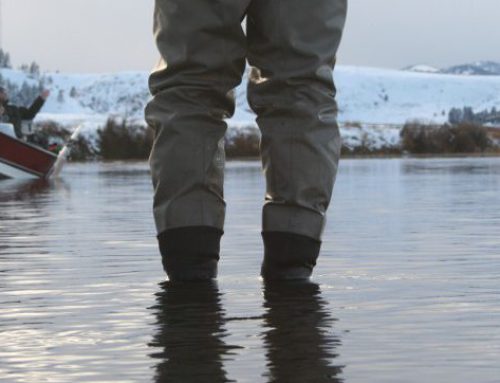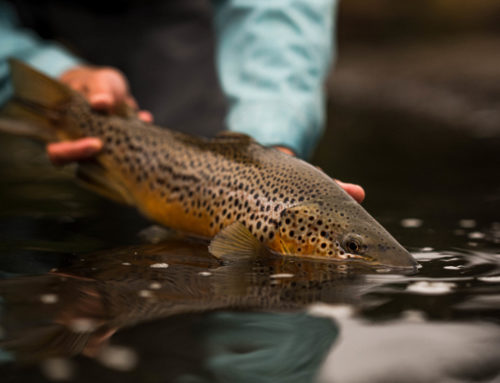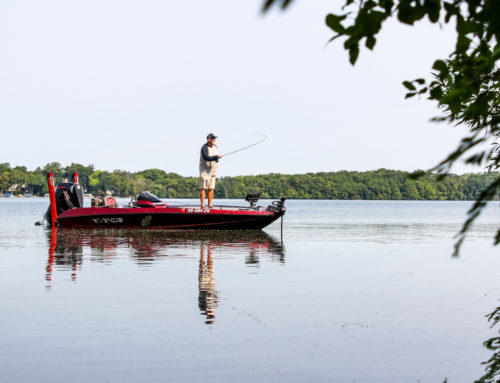At onWater our commitment to conservation is a core principle. It is our mission to give back to the rivers, streams, creeks, and watersheds that create the many fly fishing opportunities we enjoy…now, and into the future.
Colorado’s Blue River is one of these cherished resources.
“The Blue River Watershed Group is truly grateful for onWater’s donation to the Blue River Integrated Water Management Plan (BRIWMP),” says Kendra Fuller, the Blue River Watershed Group’s Executive Director.
“onWater’s contribution is proof of their investment in healthy trout ecosystems. The gift will help fund macroinvertebrate and periphyton studies on the Blue River which are key in outlining the health of a trout’s food web,” adds Fuller.
Because the group’s work enhances angling for all, onWater is proud to donate to the Blue River Watershed Group.
The Blue River Watershed Group exists to protect and preserve Colorado’s Blue River. Their mission is to promote, protect, and restore a healthy Blue River watershed through cooperative community education, stewardship, and resource management. Their focus is on the entire watershed, which drains an area of about 680 square miles covering all of Summit County and portions of Grand and Lake Counties.
To better understand and create an integrated water management plan, the group is performing vital work.
Samples are being collected in the spring, summer, and fall of 2021. Seasonal surveys aim to accurately depict macroinvertebrate communities throughout their life stages. Insects will be counted, identified, and compared to previously existing macroinvertebrate surveys and standardized indexes that estimate stream health and fish forage opportunities. Periphyton sampling is being completed in concert with the macroinvertebrate field collections because Periphyton (algae) is the foundation of any stream food web.
Without healthy and diverse populations of periphyton, a river may not support a healthy and diverse invertebrate population. Macroinvertebrates and periphyton populations will then be directly compared across all three sampling events. If the periphyton and macroinvertebrate studies show a lack of abundancy or diversity, the fish do not have adequate forage opportunities and trout populations cannot thrive.
Results from these studies will lay the groundwork for informed stakeholder collaboration and trout habitat restoration projects on the Blue River.
Blue River Watershed Group is committed to restoring the fisheries on the Blue River and we look forward to supporting anglers today and for generations to come.
To learn more and get involved, visit the Blue River Watershed Group.





